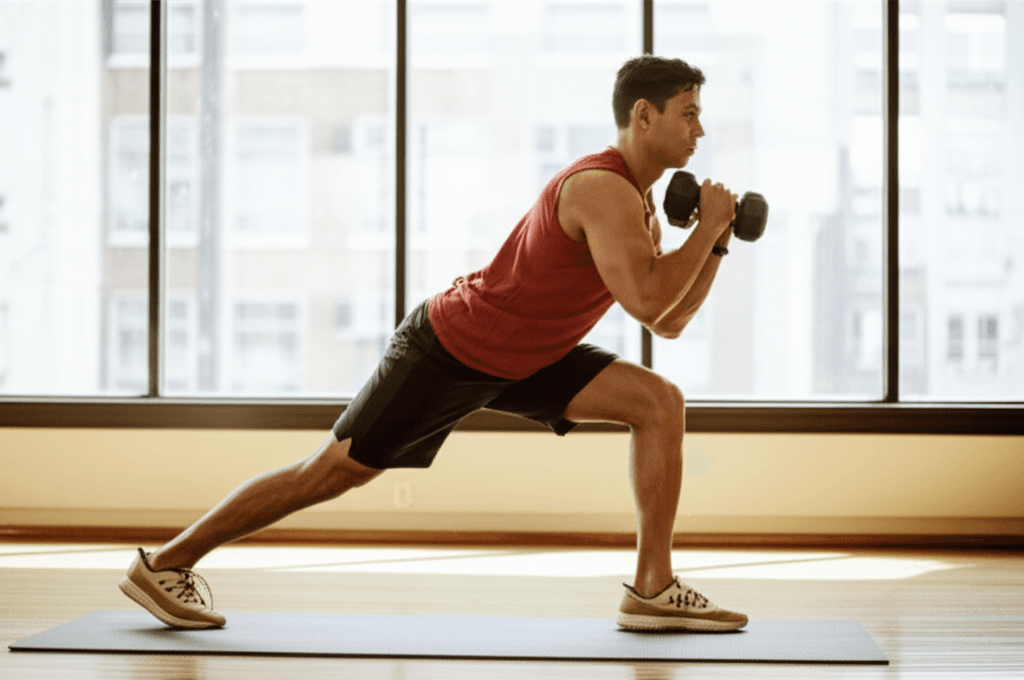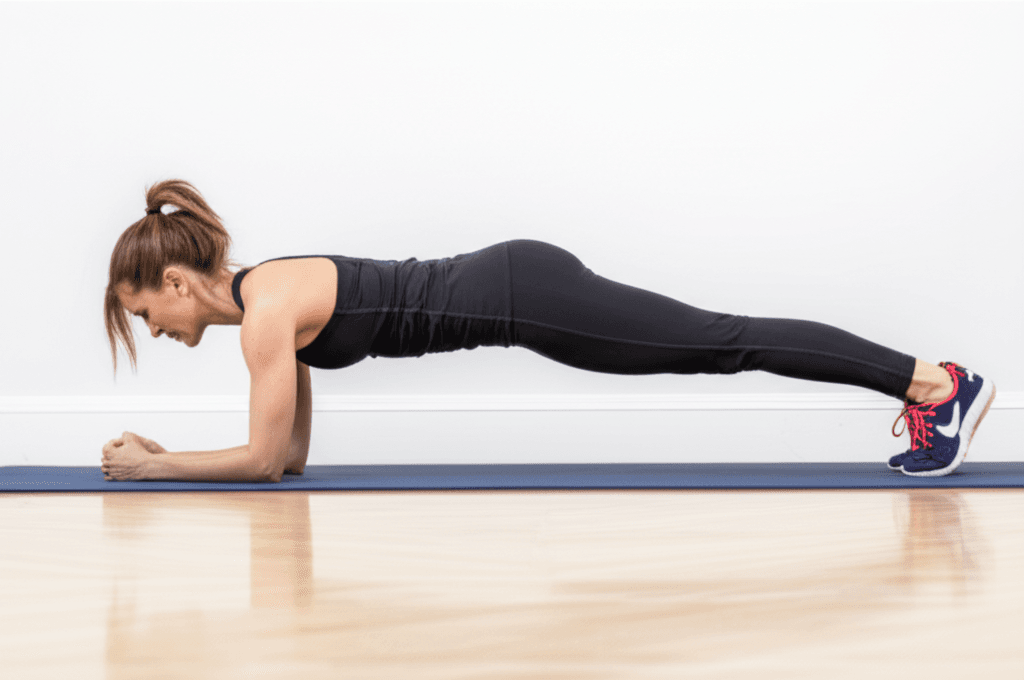For individuals seeking efficient and effective fitness routines amidst busy schedules, a specific 7-minute exercise routine has emerged as a compelling option, with some research suggesting it can be more effective than traditional High-Intensity Interval Training (HIIT) for body recomposition, the simultaneous pursuit of fat loss and muscle gain. This approach, often referred to as the “Scientific 7-Minute Workout,” leverages bodyweight exercises and short rest periods to deliver significant fitness benefits in a condensed timeframe.

The Genesis of the 7-Minute Workout
The concept of the 7-minute workout gained widespread attention after a study published in the American College of Sports Medicine’s Health & Fitness Journal in 2013, developed by exercise physiologist Chris Jordan. This routine was designed to provide a full-body, high-intensity circuit training (HICT) workout using minimal equipment, often just a chair and a wall. Its roots can be traced back to a 1953 study at the University of Leeds, UK, which explored workouts combining 9-12 exercises with short rest periods to achieve greater gains in less time.

Understanding the “Scientific 7-Minute Workout” Protocol
The core of the 7-minute workout involves performing 12 specific bodyweight exercises for 30 seconds each, with a brief 10-second rest period in between. The intensity for each exercise is meant to be high, aiming for about an eight on a scale of one to ten for perceived exertion.
Key Exercises in the Routine
The typical exercises included in the 7-minute workout are designed to target major muscle groups and provide both cardiovascular and strength benefits:
- Jumping Jacks
- Wall Sit
- Push-ups
- Abdominal Crunches
- Step-ups onto a chair (alternating legs)
- Squats
- Triceps Dips on a chair
- Plank
- High Knees/Running in place
- Lunges
- Push-ups with Rotation
- Side Plank
While the name suggests a 7-minute duration, it’s often recommended to repeat the circuit two to three times for optimal results, bringing the total workout time to 14-21 minutes. However, even a single 7-minute round can elevate your heart rate and provide benefits.

How it Promotes Weight Loss and Muscle Gain
The effectiveness of the 7-minute workout in promoting both weight loss and muscle gain stems from its high-intensity circuit training (HICT) nature.
Increased Fat Burning
The short rest periods and the combination of resistance and aerobic exercises contribute to increased fat burning during and after the workout. This is partly due to the “afterburn effect,” or Excess Post-exercise Oxygen Consumption (EPOC), which means your body continues to burn calories at a higher rate even after the workout is complete. Research indicates that this type of high-intensity, short-duration exercise can lead to greater subcutaneous fat loss compared to traditional resistance or cardio training. One study on normal weight individuals who performed the 7-minute workout daily for six weeks observed a decrease in fat mass and waist circumference, even without changes to eating habits.
Muscle Strength and Endurance Improvement
The inclusion of bodyweight resistance exercises in the routine helps build strength throughout the body. Studies have shown that consistent adherence to the 7-minute workout can lead to improved muscular strength and endurance. It engages major muscle groups, and by increasing the intensity and limiting rest, it elicits greater gains in a shorter timeframe.
Cardiovascular Health Benefits
The rapid succession of exercises with minimal rest significantly elevates the heart rate, improving cardiovascular fitness. This can increase VO2 max, a key indicator of cardiovascular health, and decrease insulin resistance, a risk factor for Type 2 diabetes.

Comparing the 7-Minute Workout to Traditional HIIT
While the 7-minute workout is a form of high-intensity circuit training (HICT), which shares similarities with HIIT, some distinctions and comparative studies have emerged. HIIT typically involves short bursts of maximum effort followed by short recovery periods.
One meta-analysis found that sprint interval training (a form of HIIT) reduced body fat significantly more than traditional HIIT workouts in less time. However, some research suggests that while the 7-minute workout does increase heart rate and VO2 max, it may not always be as effective as a traditional HIIT workout performed on a cycling bike for the same duration in terms of heart rate, VO2 max, perceived exertion, and calorie expenditure. The effectiveness can also depend on an individual’s ability to maintain high intensity throughout the bodyweight exercises.
Despite these comparisons, the 7-minute workout’s accessibility (requiring no special equipment and able to be done almost anywhere) makes it a practical and powerful tool for many. Its structured approach, combining aerobic and resistance elements, makes it an excellent option for those with time constraints.

Considerations and Recommendations
While highly effective, it’s important to approach the 7-minute workout with proper form and awareness.
- Intensity is Key: The workout’s benefits are maximized when performed at a high perceived effort (around 8 out of 10).
- Warm-up: Always perform a light warm-up before starting to prepare muscles and joints and reduce injury risk.
- Form over Speed: Proper form and technique are crucial to prevent injuries and ensure the muscles are effectively worked.
- Not a Sole Program: For experienced exercisers or those with specific high-level fitness goals, the 7-minute workout may serve as a beneficial “filler” workout rather than a complete replacement for other routines.
- Beginner Adaptations: While intense, beginners can start slowly and modify exercises as needed, gradually building endurance and strength.
The 7-minute workout stands as a scientifically-backed solution for individuals looking to efficiently improve their fitness, reduce body fat, and build muscle, proving that significant results don’t always require hours at the gym.







